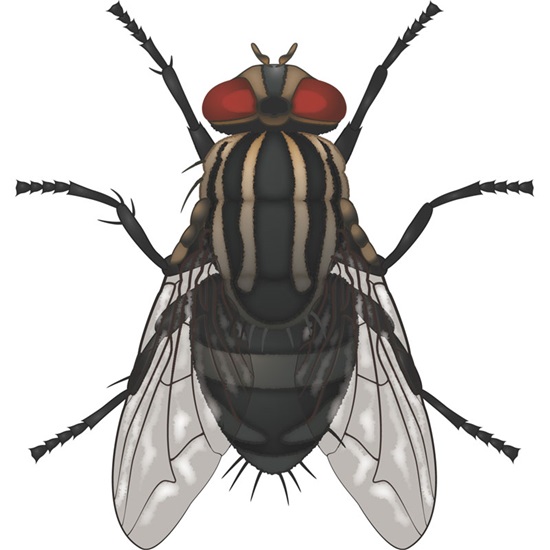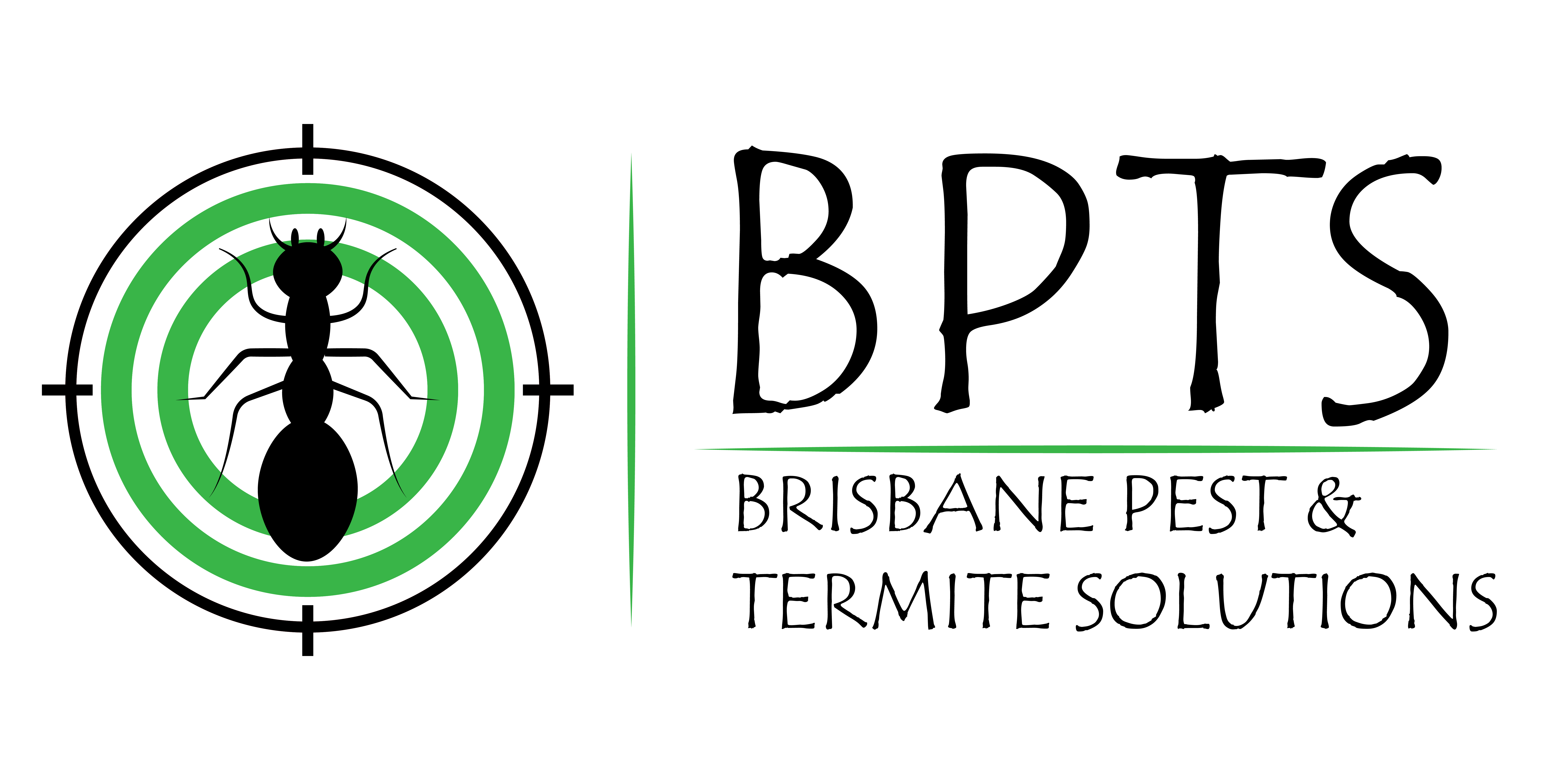Fly Control
Blow Fly

Classification
Species category: Flying pest
Scientific name: Calliphoridae
Family: Sarcophagidae
Description
Typically, blue, black or green these insects have a metallic sheen. They are slightly larger than common houseflies but they have some similarities. Common Australian urban blowfly pest species include; Calliphora, Chrysomya, Lucilia and the species belonging to the family Sarcophagidae, which are very large blowflies and called flesh flies with ‘checkerboard’ patterns on their abdomens.
Blowflies are prevalent all across Australia and some species are native, most are present in many other temperate regions of the world. Blowflies can travel for miles in search of the perfect egg laying site and will stay close to that site, laying multiple batches of eggs. They are often on the scene of an animal death within a very short space of time.
Behaviour
The term ‘blow’ refers to the tendency of this insect group to lay their eggs (oviposit) or lay live larvae (larviposit) on human food, dead animals or animal waste. Blowflies feed on a variety of foods but the larvae more commonly live on decomposing organic matter. They play an important role in the breakdown of animal tissue. Maggots found in exposed meat or animal carcasses are almost always from blowfly species. Presence of Sarcophagid adults indicates a dead animal is nearby.
Risks
Due to their lifestyle and preference for decaying organic matter, blowflies are vectors of a wide variety of pathogens of harmful diseases. They transmit diseases and bacterial infections to both humans and animals. Certain species are particularly harmful to sheep if they access an open wound. They eat the decaying flesh of the wound and inflame it, in some cases causing blood poisoning.

Housefly
Classification
Species category: Flying pest
Scientific name: Musca Domestica
Description
There are 2 different species:
- Musca domestica (Common Housefly)
- Fannia canicularis (Lesser Housefly)
6-12mm in length, the common housefly is predominately grey whilst the lesser housefly is grey with an extensive yellow patch at the base of the abdomen.
Originally a native of temperate regions, the housefly is now common all across the world.
Both types of fly are highly active indoors. Lesser houseflies can tolerate cool climates and are frequently encountered in poultry houses. Both are happiest in warm climates, where they easily locate decaying food to hatch eggs. In cooler conditions, flies struggle, becoming less active, leading to a reduced development rate.
Behaviour
Common houseflies have a flight range of at least 8Km. They are highly active indoors, particularly in daylight and rest at night. They require constant food to maintain energy levels and favour a sugary diet, excreting faeces everywhere.
A fly only ingests liquid food and releases saliva on food as it lands. The saliva instantly pre-digests food to soak it up through its spongy mouth. They thrive in dirty areas, on exposed food or in waste bins which are quickly located in warm weather thanks to the intense odour.
Risks
More than a dirty nuisance, flies are known carriers of a wide variety of pathogens that can be passed to humans causing diseases such as:
- Typhoid,
- Dysentery
- Diarrhoea….the list is extensive.
They constantly excrete faeces and also vomit partially digested food, contaminating surfaces and food where they land, this leads to further disease risks.
